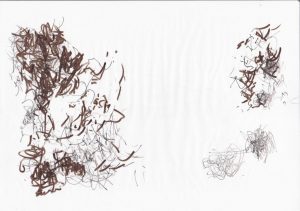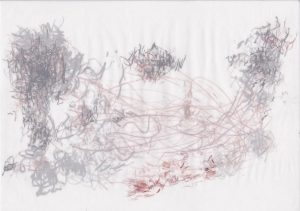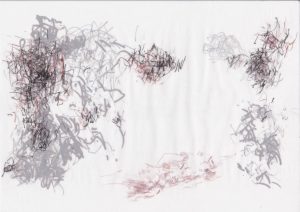The campus where I work is set high on the top of a rise, this provides a sense of walking in amongst the tree tops and the vibrant Queensland skies as I hurry about my business. I usually leave the campus as the day is ending so I find myself slowing my usual walking pace at this point to take in the colours of the sunset. Dawn and dusk are short-lived in this part of the world, usually taking no more than 15 minutes to transition from day to night or vice versa. They are quite spectacular though, producing incredible light shows when the weather is good (which is often). Dusk is a temporal edge, a time zone where sight is affected, temperatures change, air pressure changes, and the tasks of daily routines change.
The thing that interests me about dusk more-so than dawn, are the movements this temporal edging triggers. Queensland is home to an incredible array of wildlife; at dusk many animals, insects and birds signal the onset of night and their time to sleep, awaken, hunt, or hide. Every time I walk through my campus at dusk I am reminded of this by the deafening chorus of the crimson rosellas, rainbow lorikeets, noisy miners and the tiny, darting welcome swallows as they race from tree to tree, socialise, fight and feed. This week I carefully timed my walk home, stopping periodically to listen to their arguments and blusterings, and made some gestural mappings (very inefficiently) of their calls and movements.


